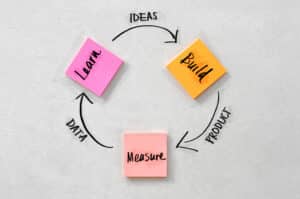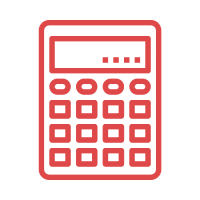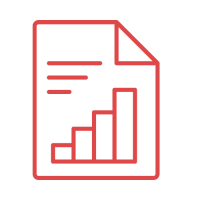As a business owner, you can claim a tax deduction for expenses for motor vehicles – cars and certain other vehicles – used in running your business. When it comes to claiming on motor vehicle expenses, sole traders and those operating in partnerships can claim the cars used for their business with the logbook method.
It’s a reasonably simple method for claiming the tax deductions on the expenses incurred with vehicles. However, it does require rigorous record-keeping of those expenses. The costs that you can claim on your vehicle used for business purposes, for example, can include:
- fuel and oil
- repairs and servicing
- interest on a motor vehicle loan
- lease payments
- insurance cover premiums
- registration
- depreciation (decline in value).
Working Out The Amount You Can Claim With The Logbook Method
A registered tax agent can assist you with the process of claiming your vehicle, but they need to be sure that you are accurately recording the expenses. To work out the amount that you can claim with the logbook method, you need to:
- Keep a logbook
- Work out your business-use percentage (divide the distance travelled for business by the total distance travelled, then multiply by 100)
- Add up your total car expenses for the income year
- Multiply your total car expenses by your business-use percentage
You need to provide the Australian Tax Office with evidence of your expenses that have been claimed. You will need to keep records of:
- An electronic or pre-printed logbook
- Evidence of your actual fuel and oil costs or odometer readings on which you estimate your fuel and oil use
- Evidence of all other car expenses
Your Logbook
The logbook is perhaps the most essential and critical component of this claims method. It needs to contain:
- when the logbook period begins and ends
- the car’s odometer readings at the start and end of the logbook period
- the total number of kilometres the vehicle travelled during the logbook period
- the number of kilometres travelled for each journey. If you make two or more journeys in a row on the same day, you can record them as a single journey
- the odometer readings at the start and end of each subsequent income year your logbook is valid for
- the business-use percentage for the logbook period
- lastly, the make, model, engine capacity and registration number of the car.
Was this year going to be the first year that you kept a logbook to use for this method? Has it been more than five years since you have done a logbook for your current car? Has your pattern of use changed also? Alternatively, did you purchase a new vehicle? If you answered yes to any of these questions, you need to record a new logbook.
Logbook Preparation
Remember that the logbook needs to be kept for at least 12 continuous weeks during the income year, and be indicative and representative of your travel throughout the year.
If you plan to use the logbook method to claim expenses for two or more vehicles, the logbook for each one must cover the same timeframe. The 12-week period that you choose should represent the business use of all vehicles. Recording the trips simultaneously ensures that you don’t change your driving pattern to suit the logbooks.
Finally, it would be best to remember that business and personal use must be correctly identified and distinct in the percentage claimed for work purposes. Travelling between your home and your place of business is considered for private use unless you are a home-based business and your trip was for business purposes.













